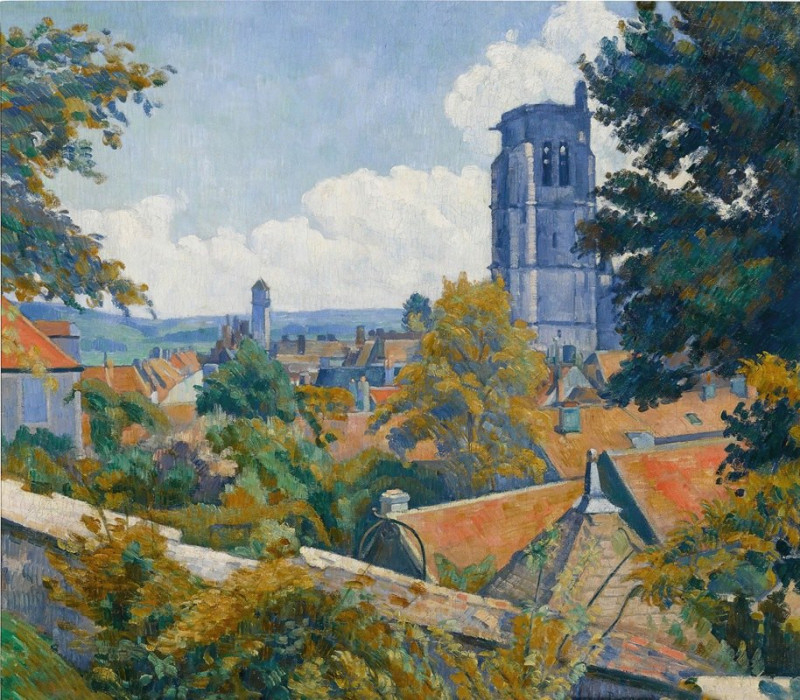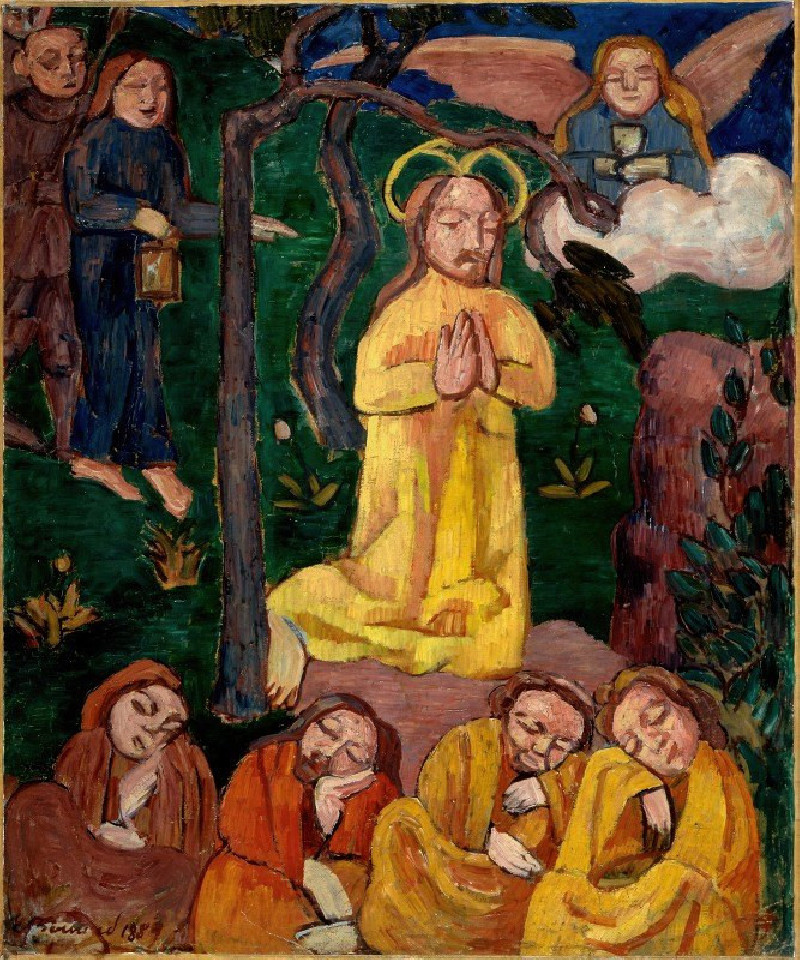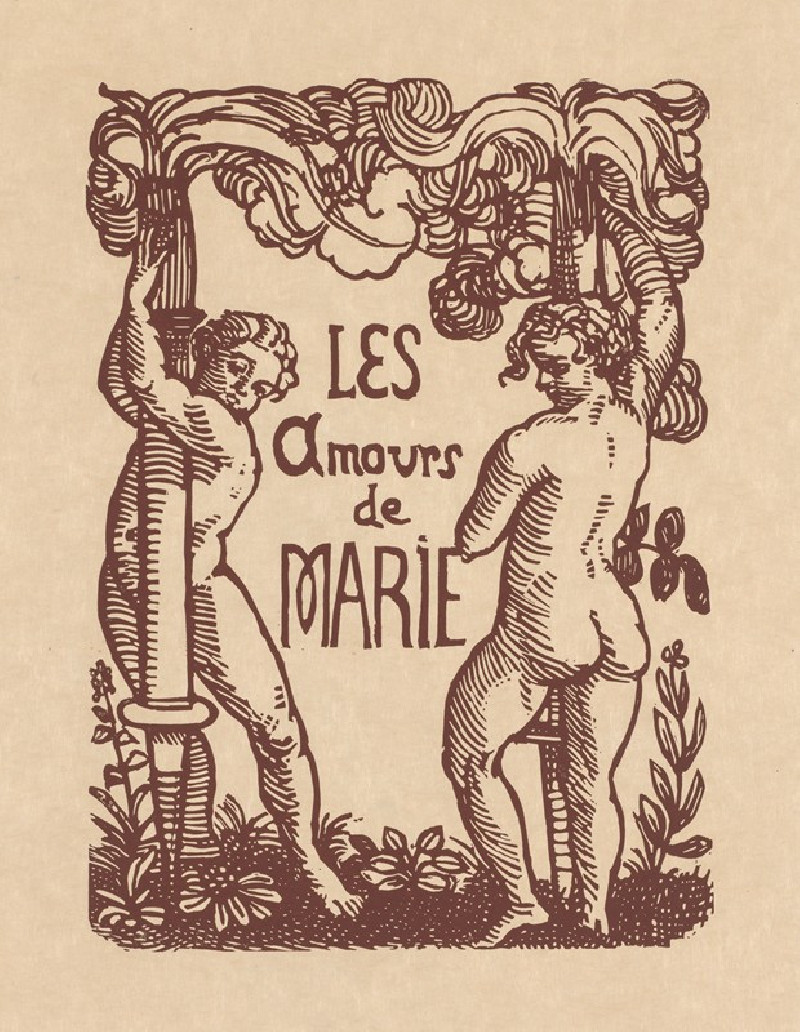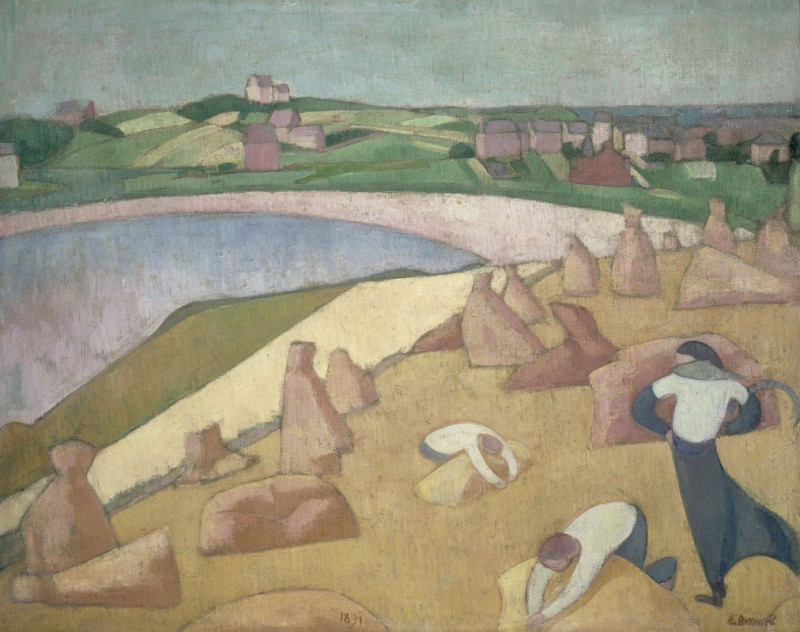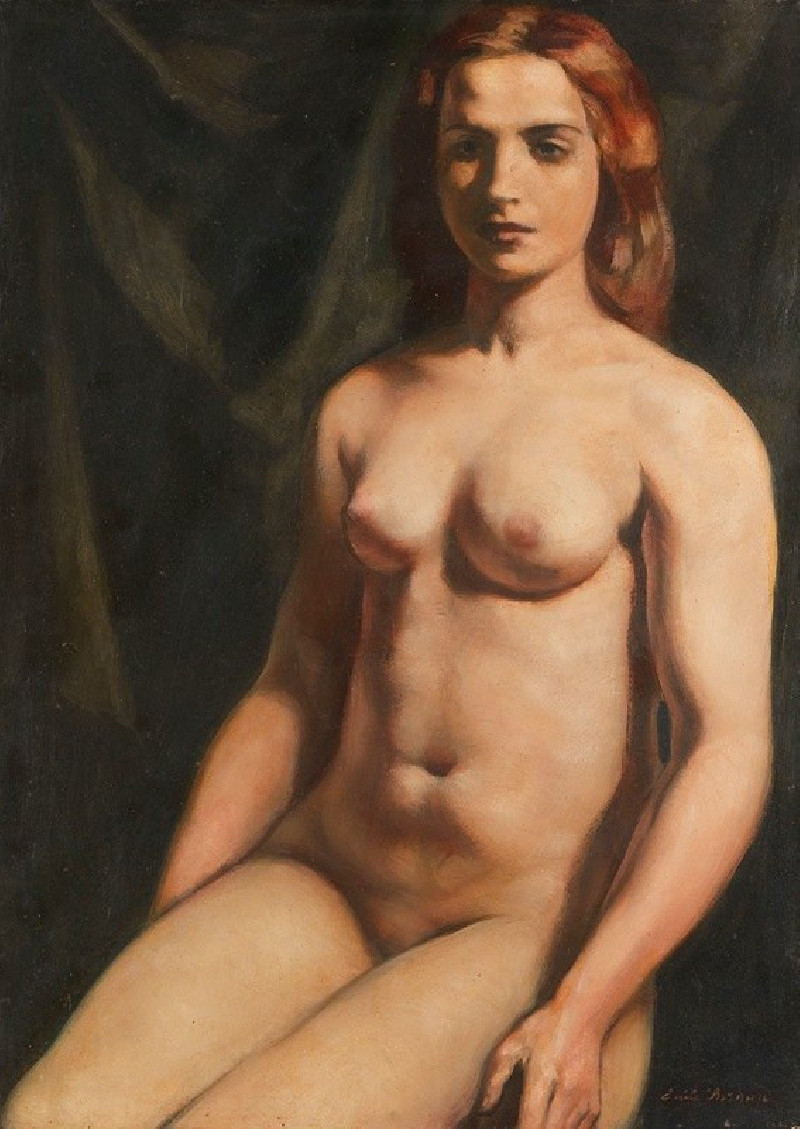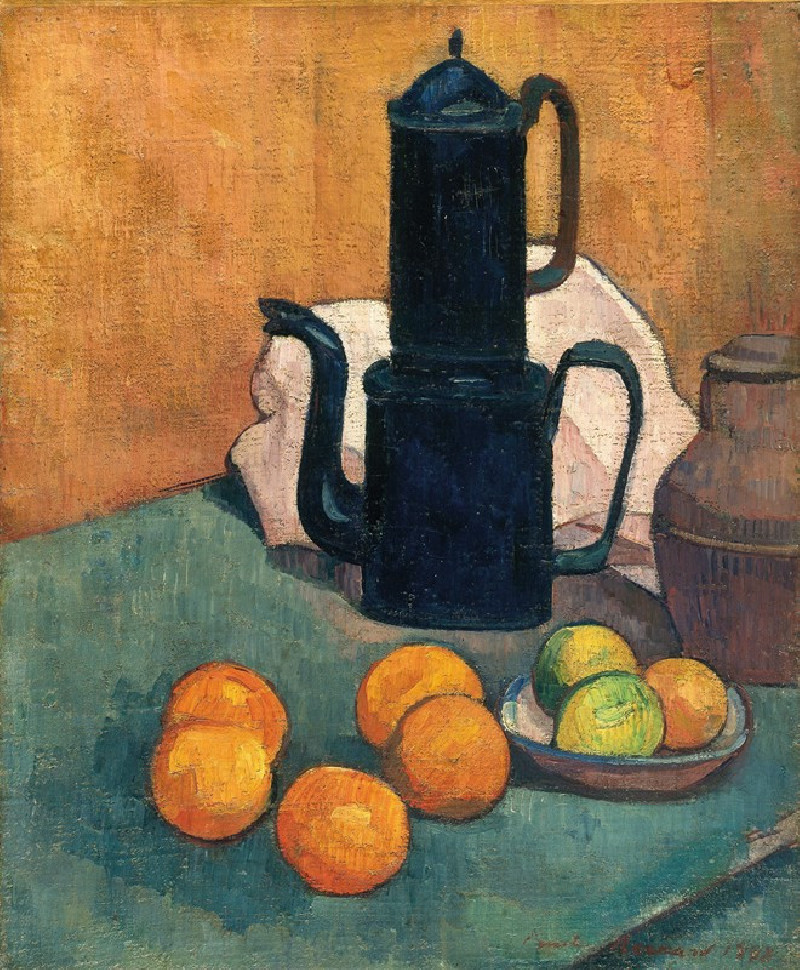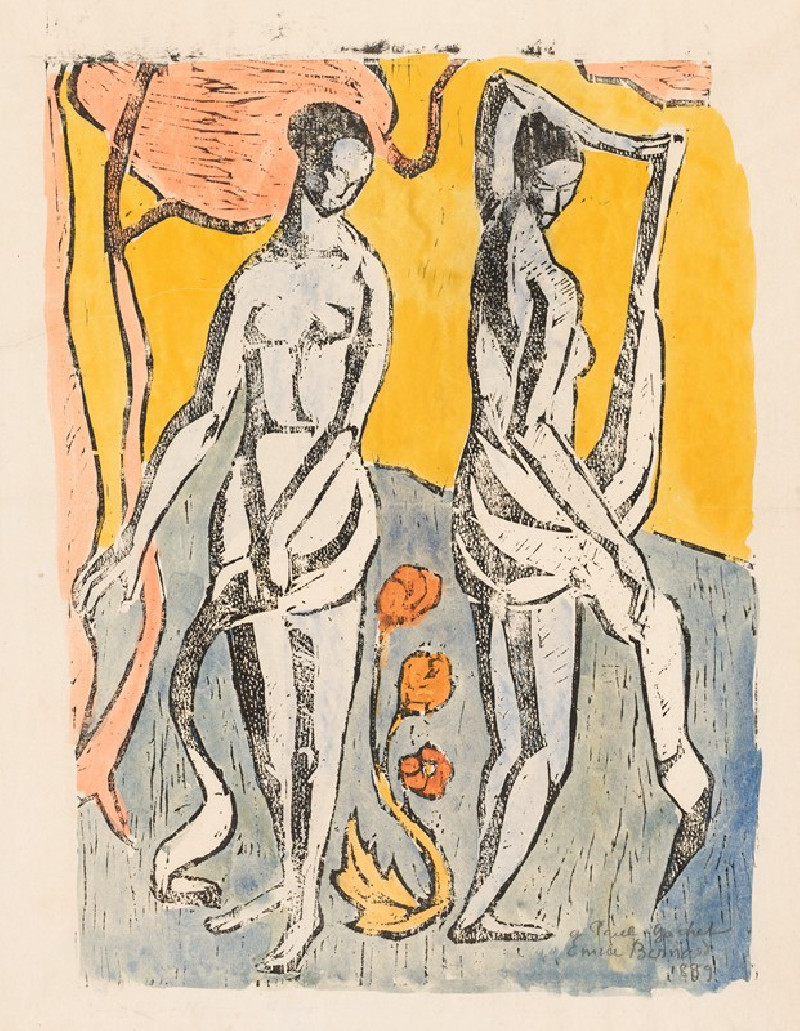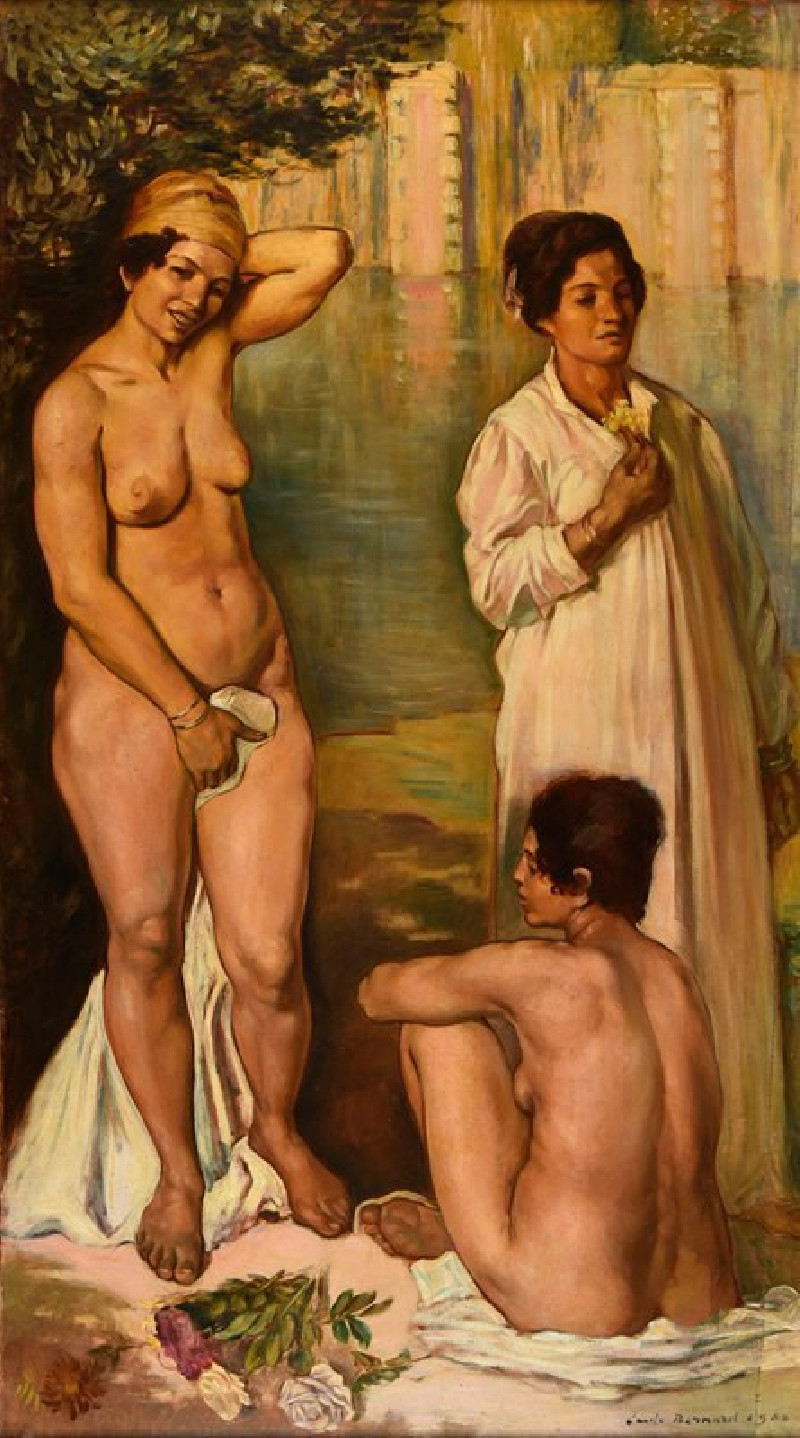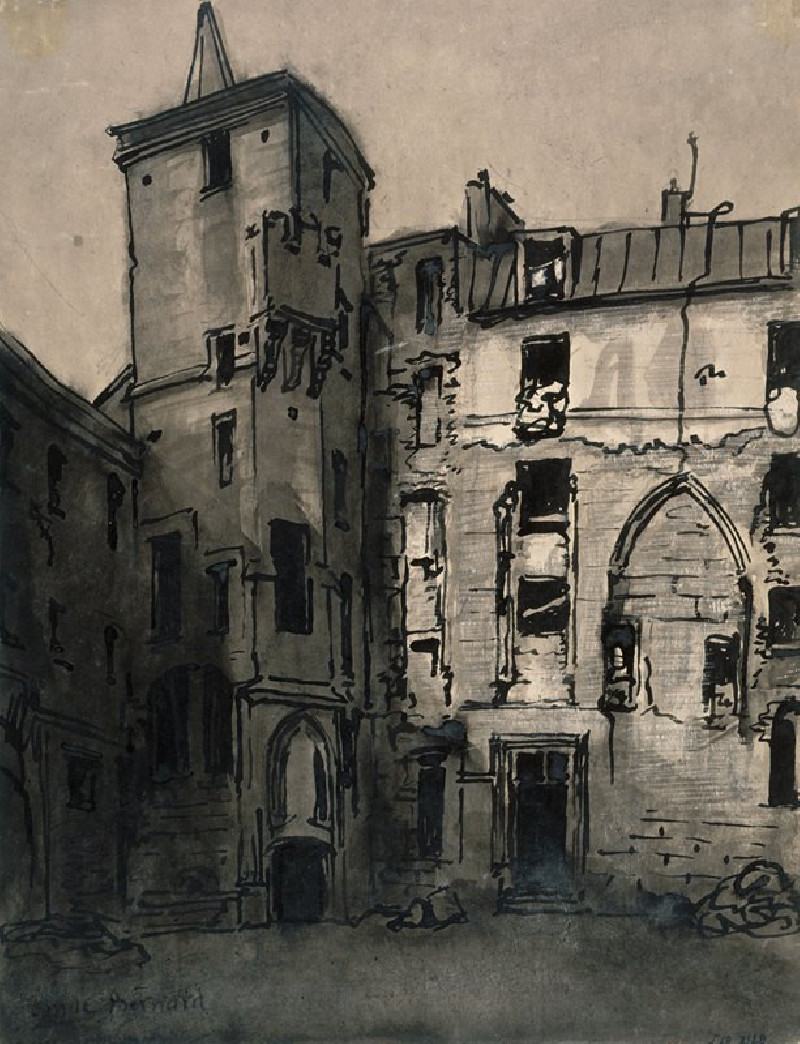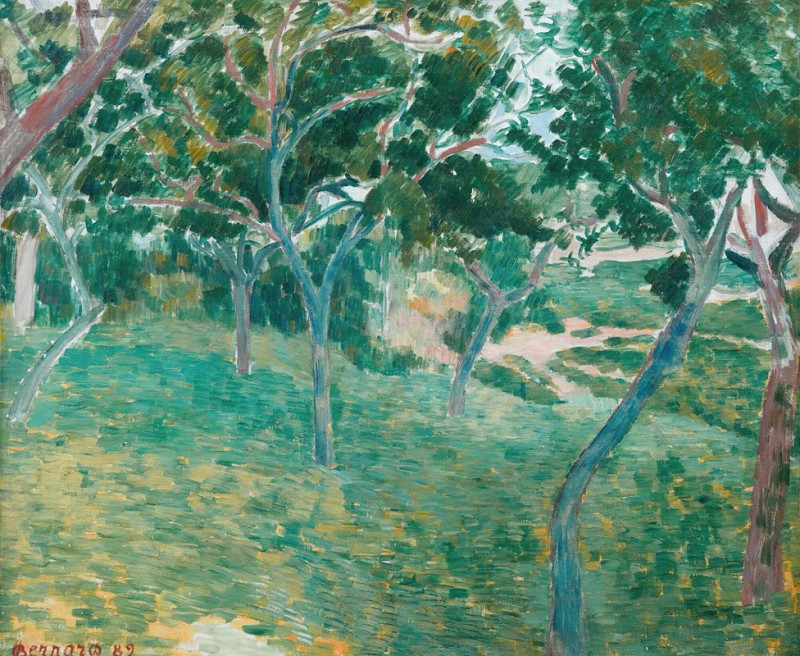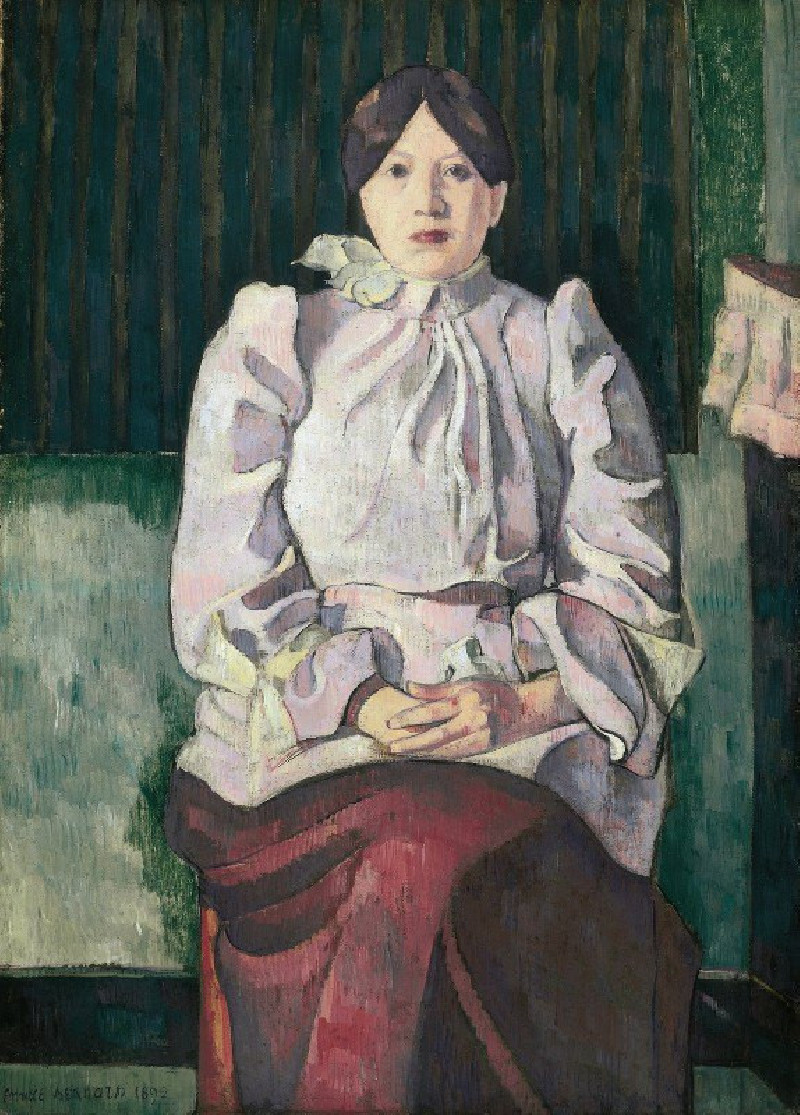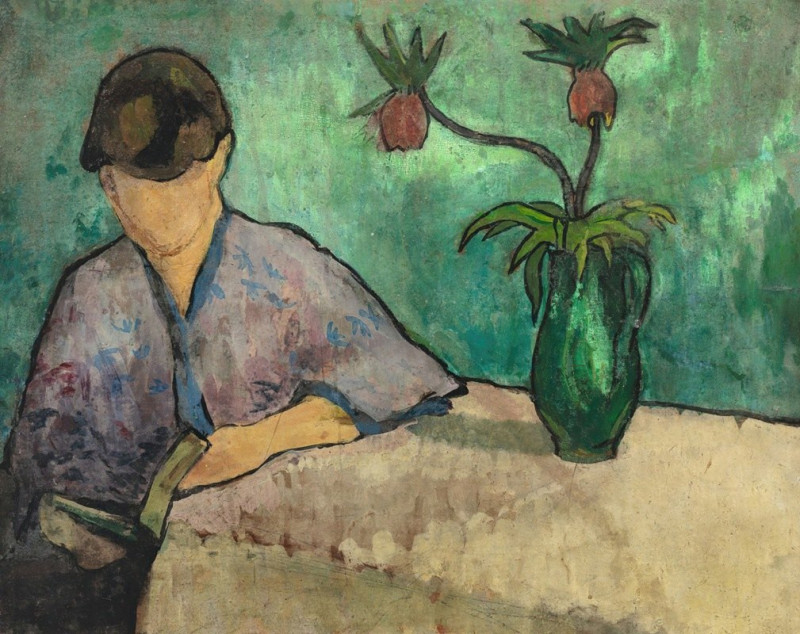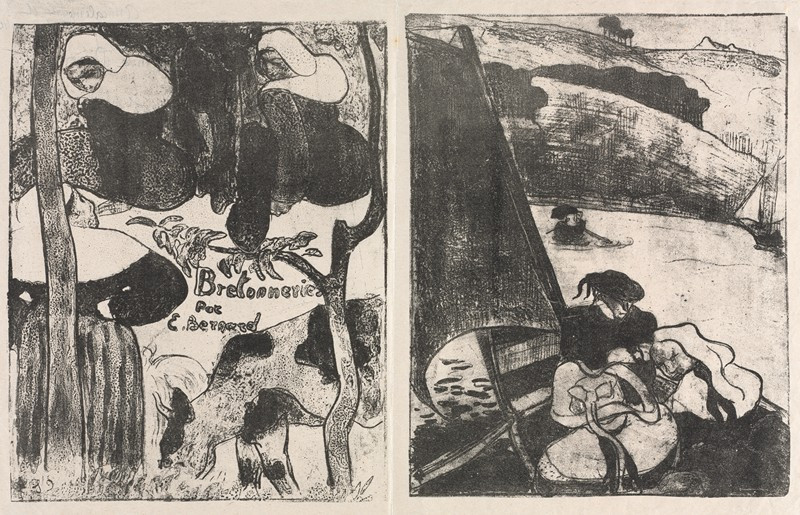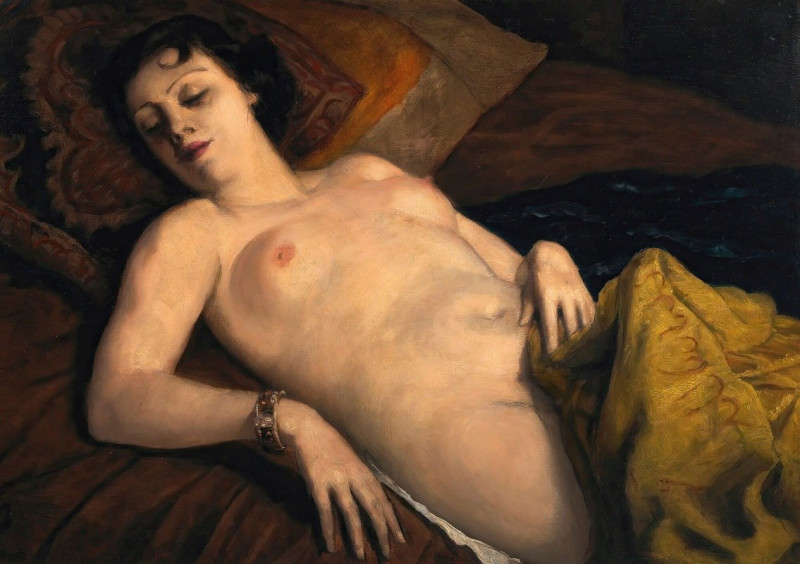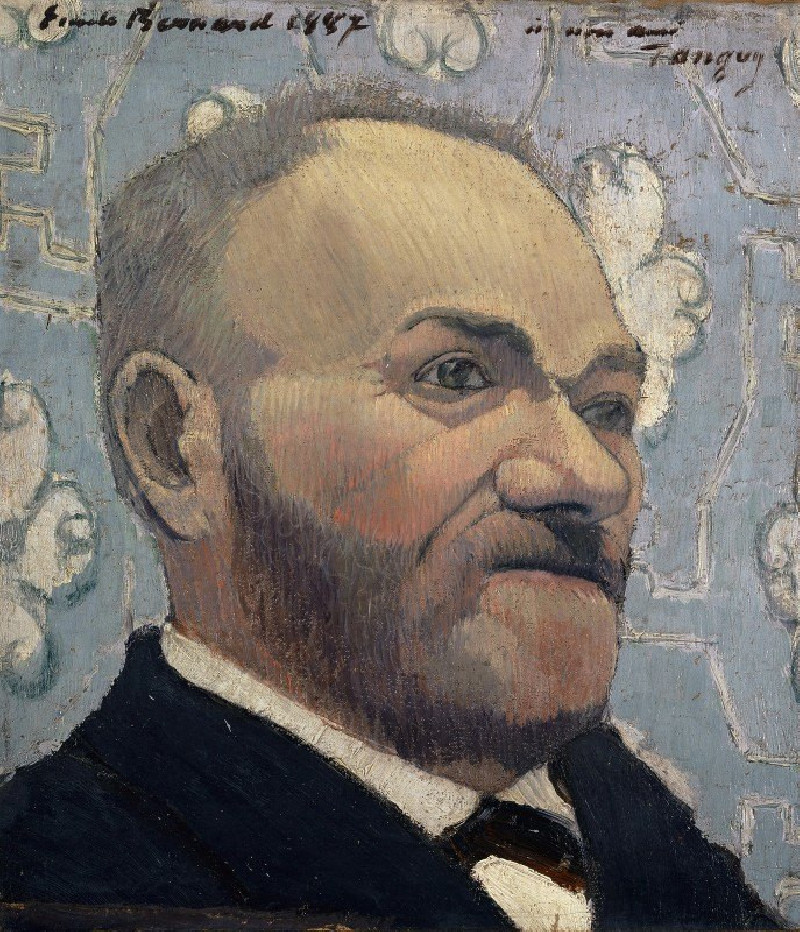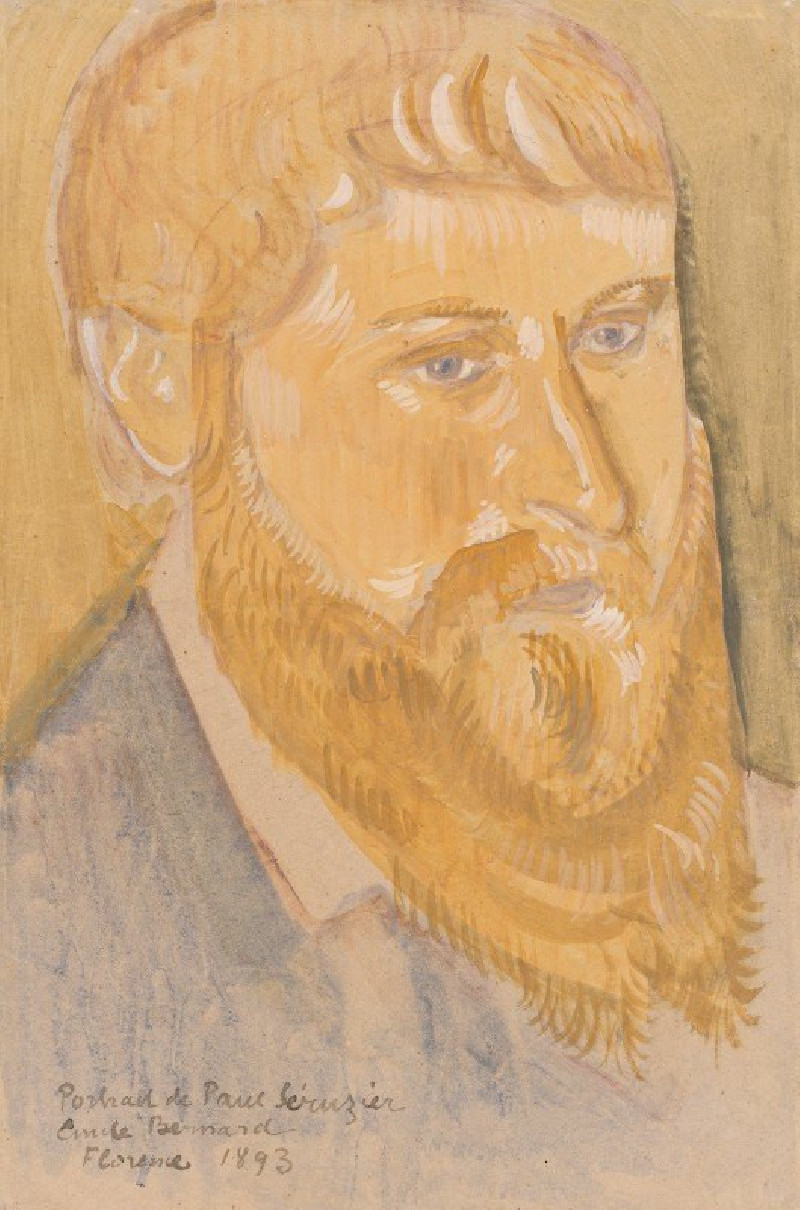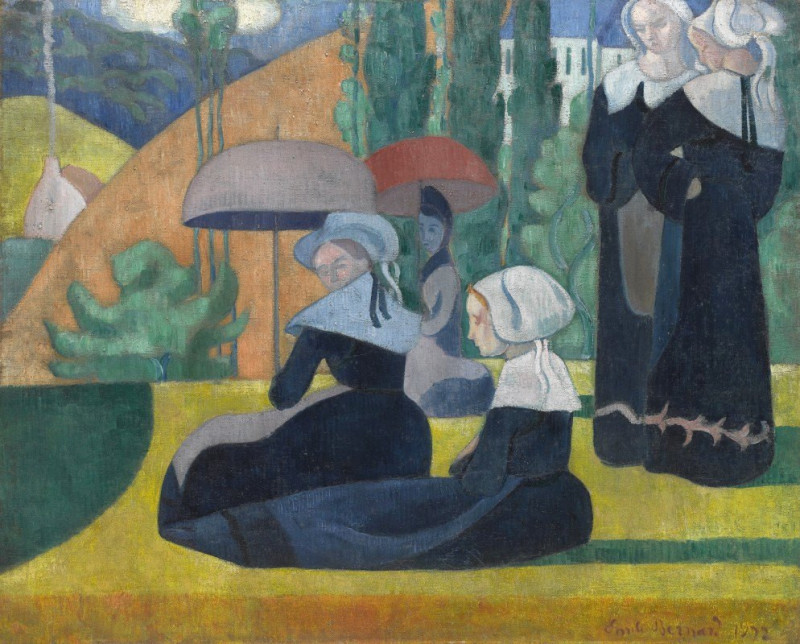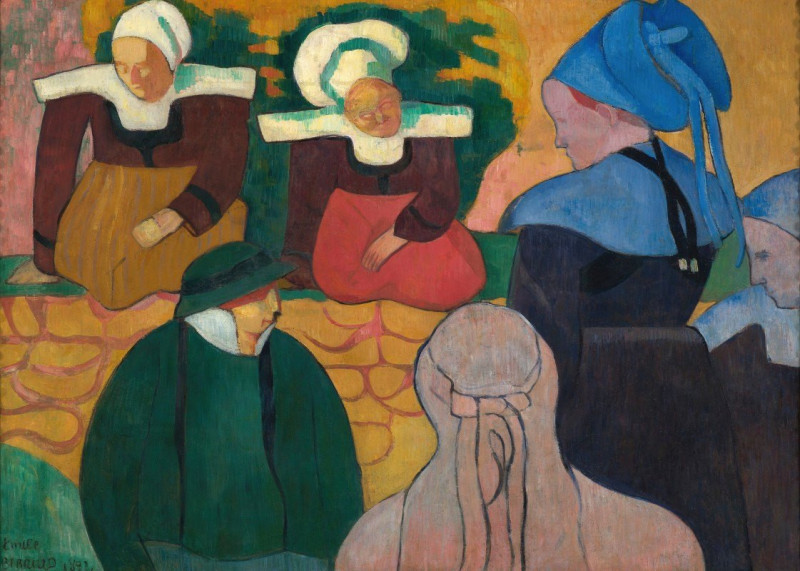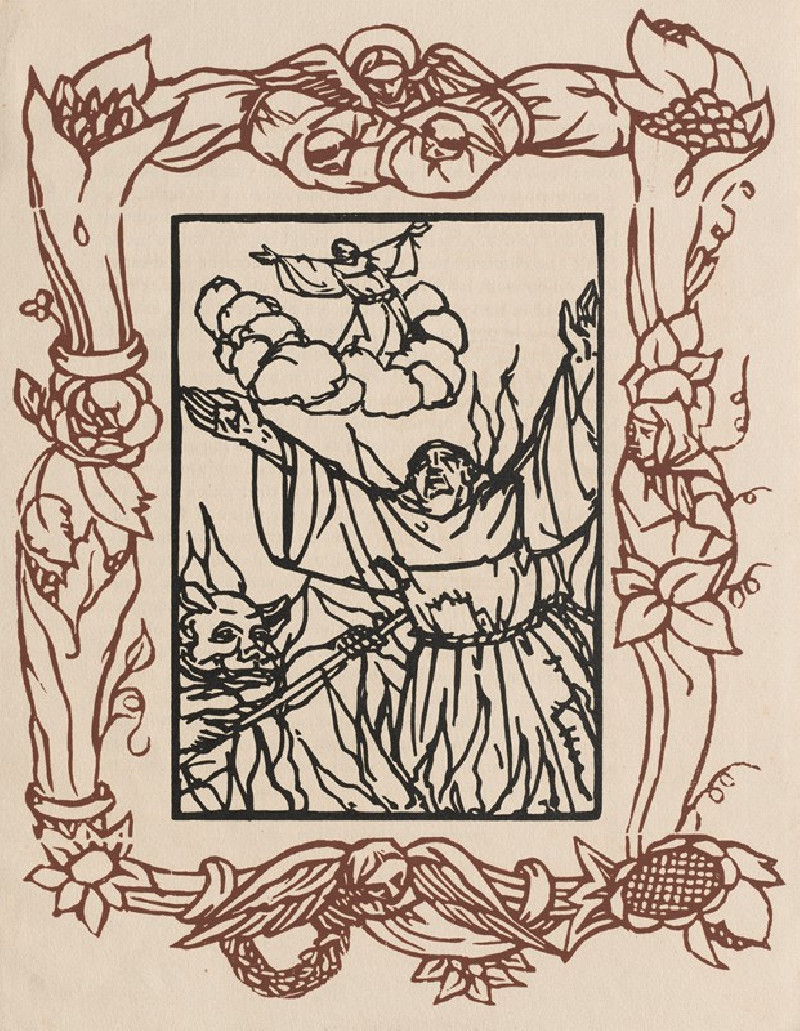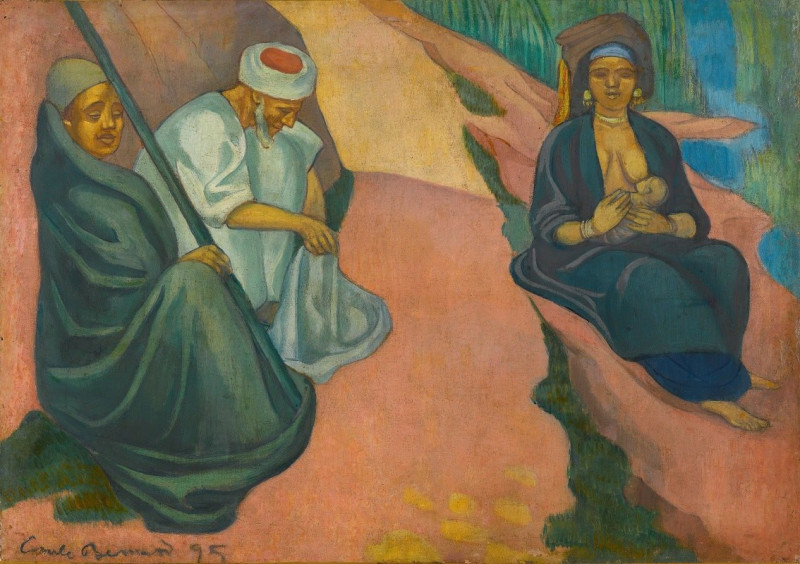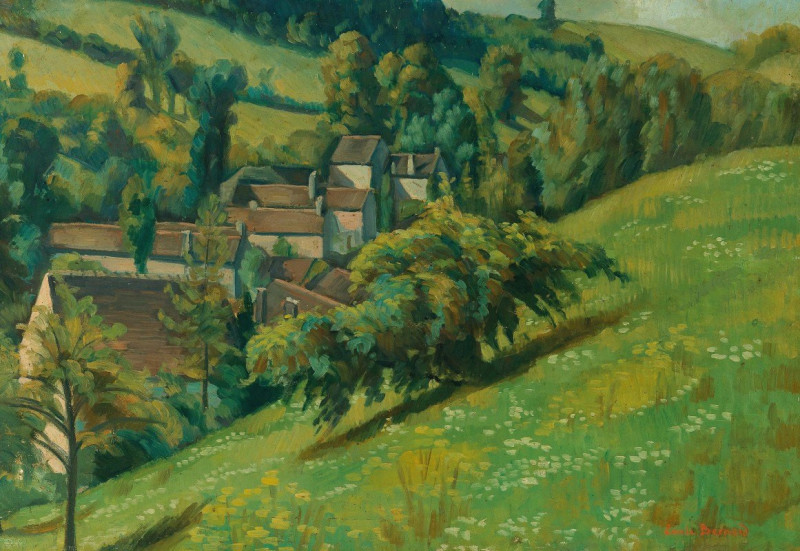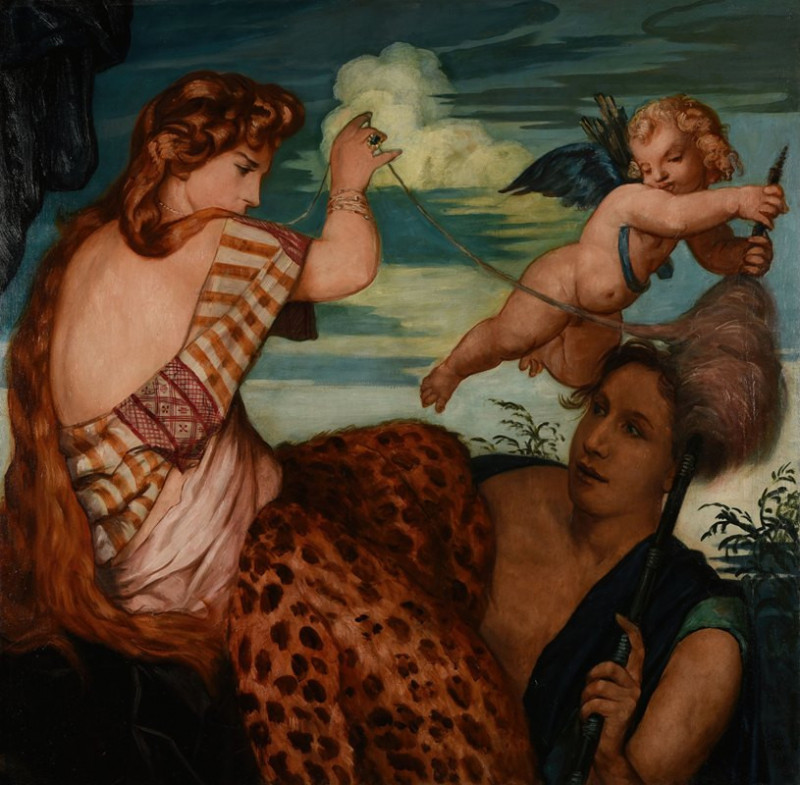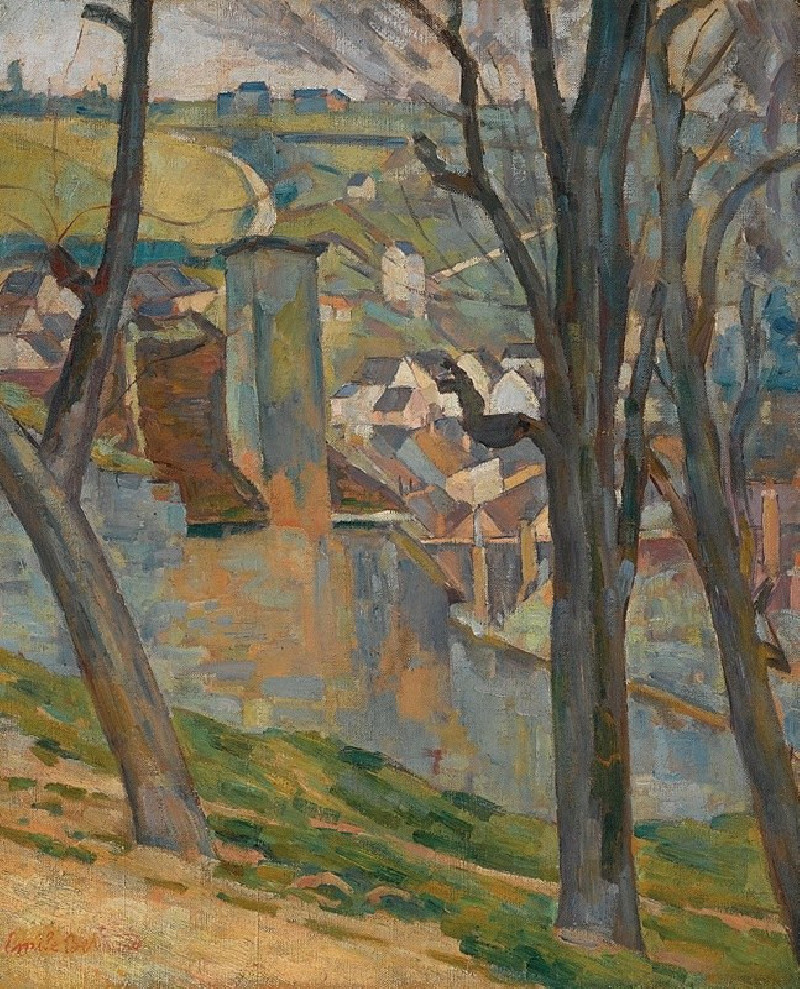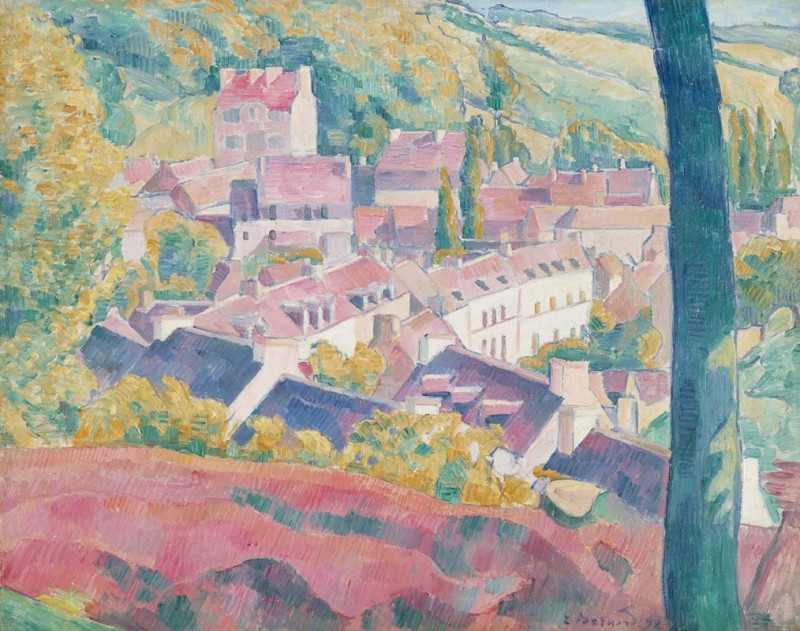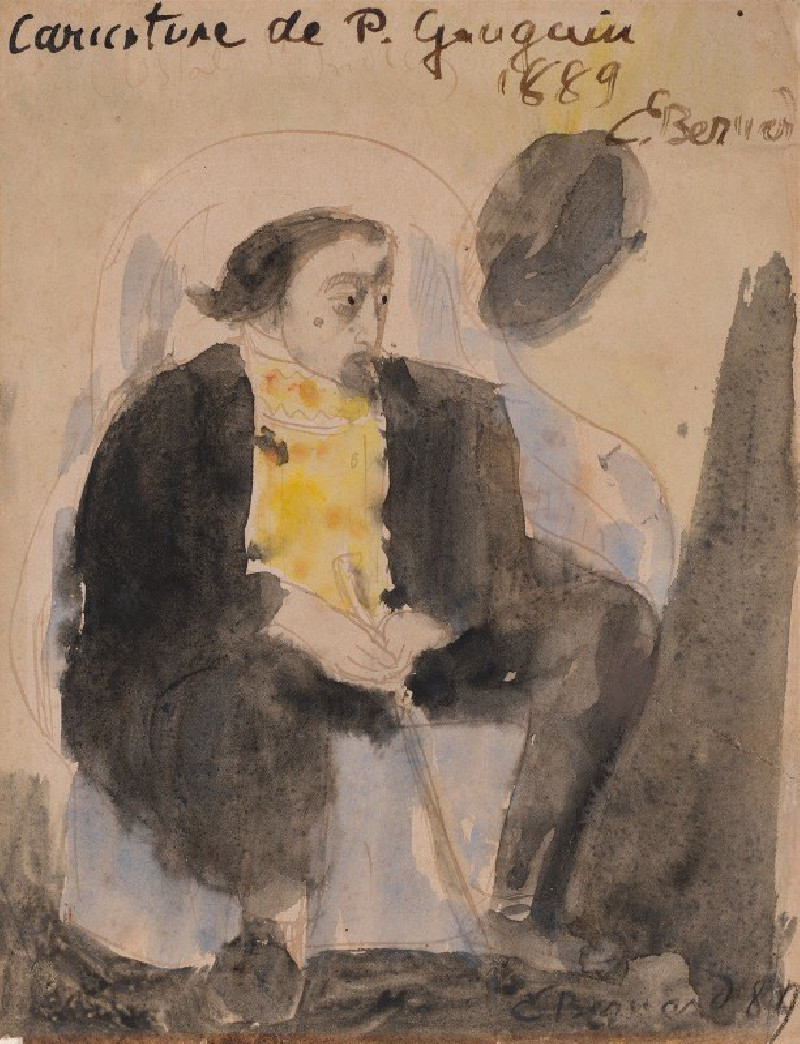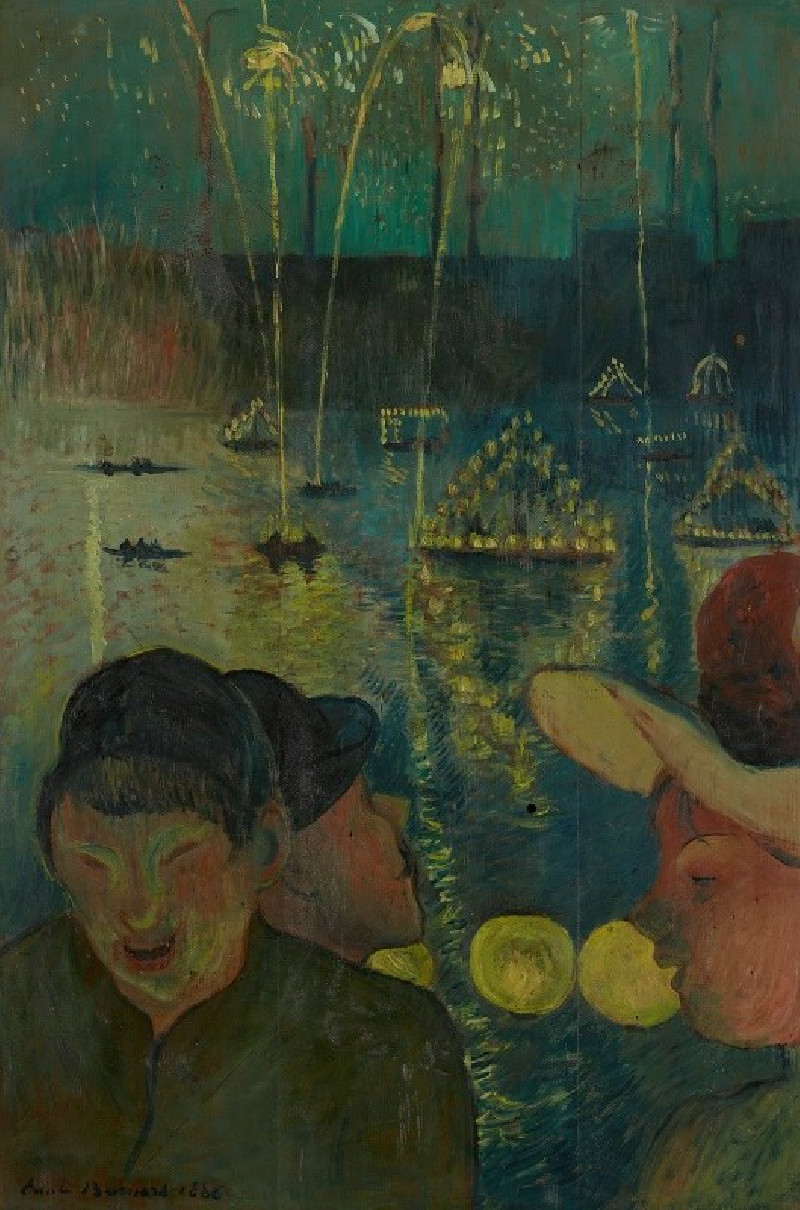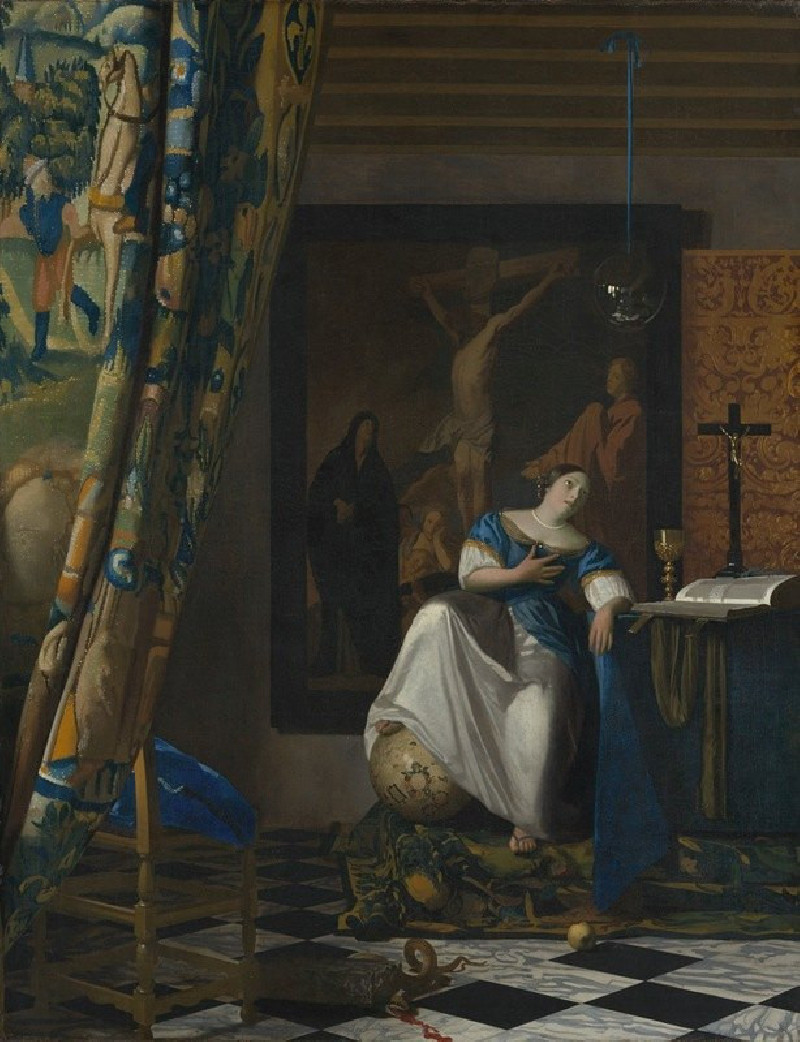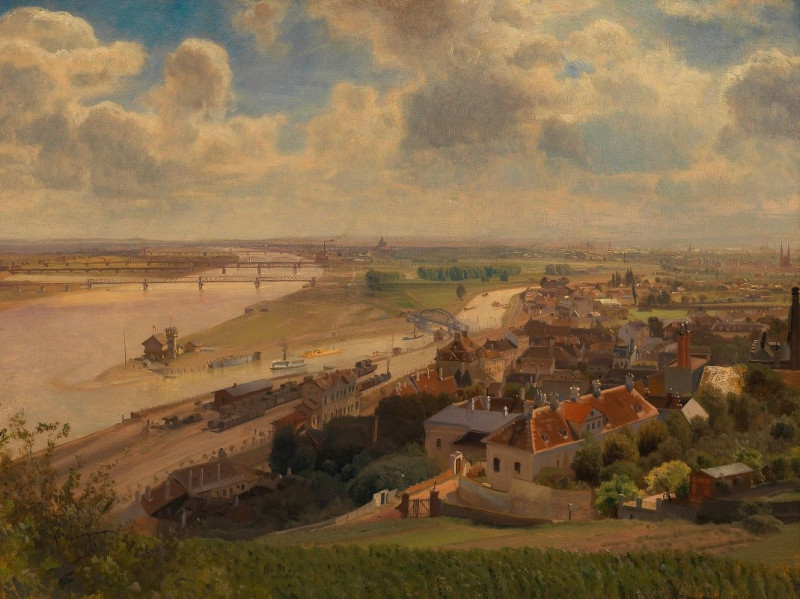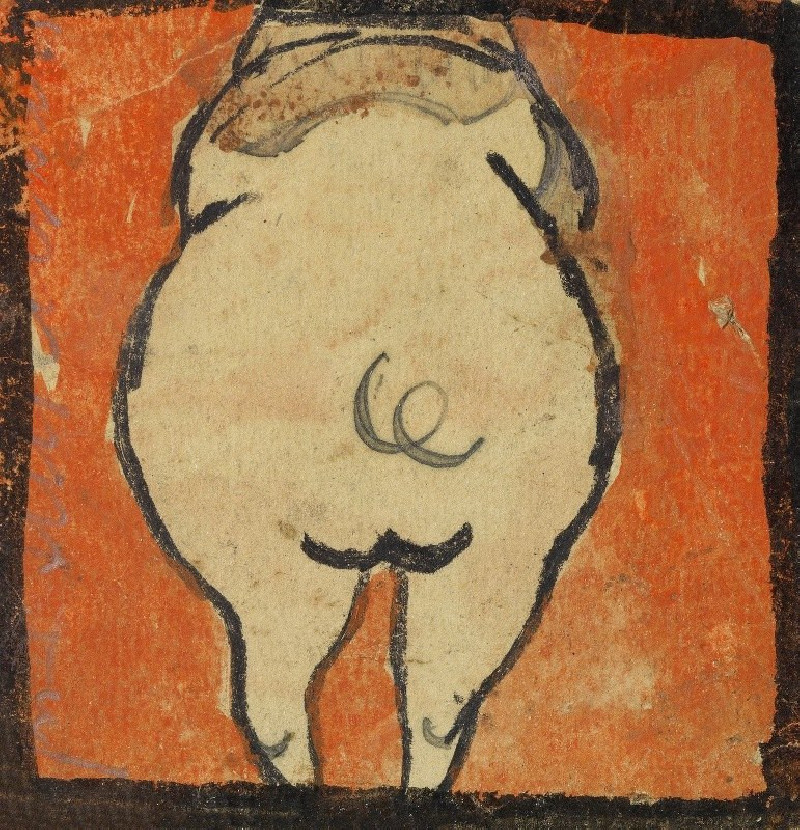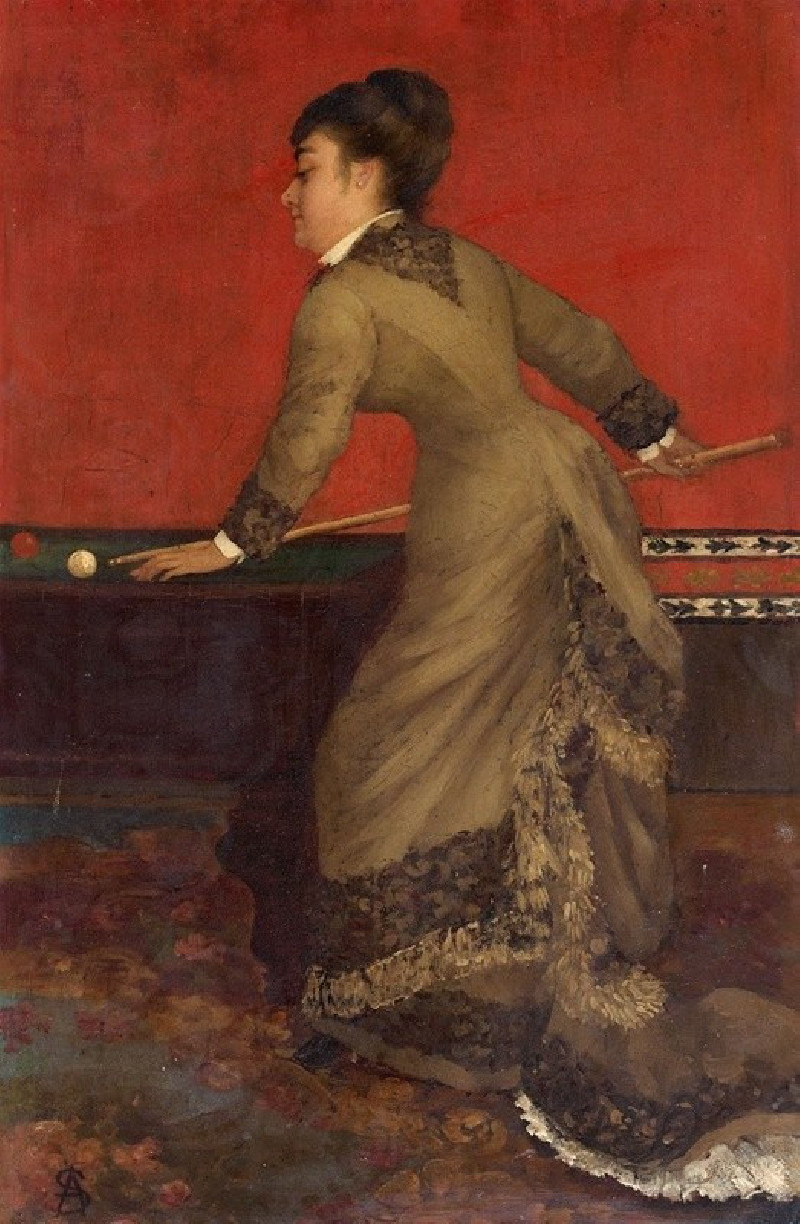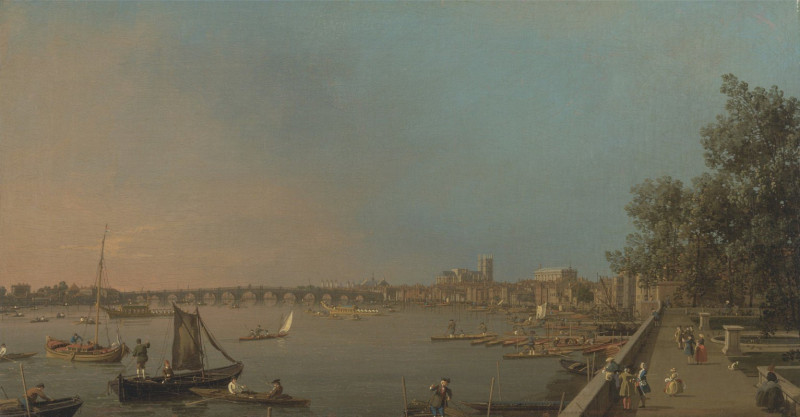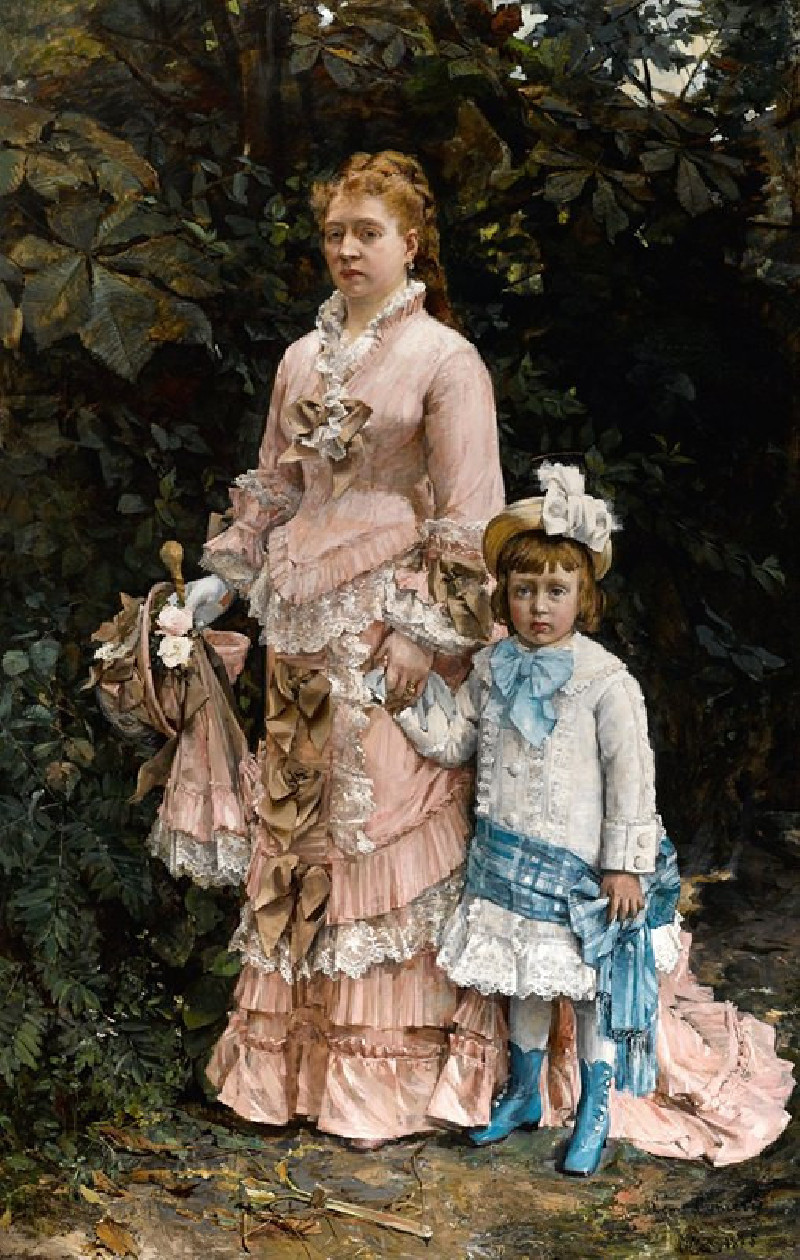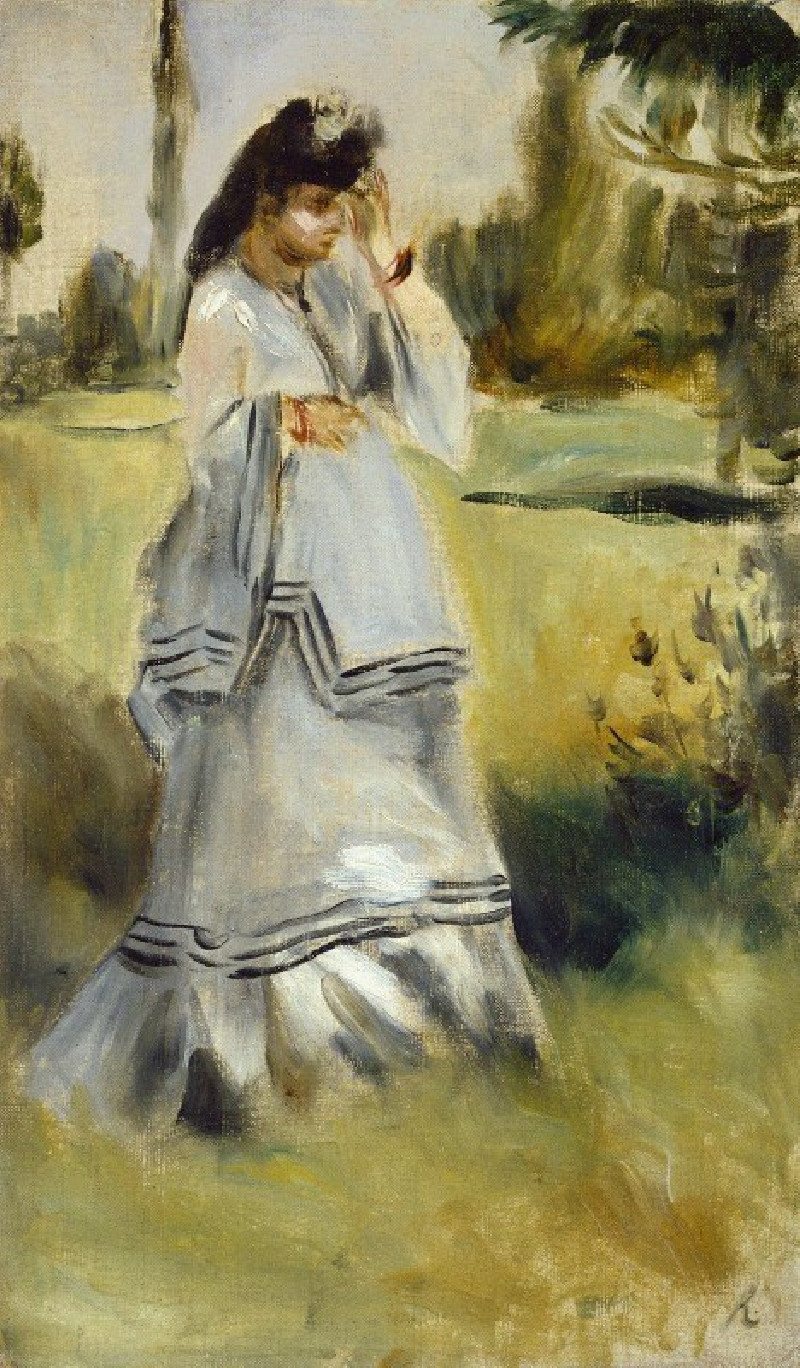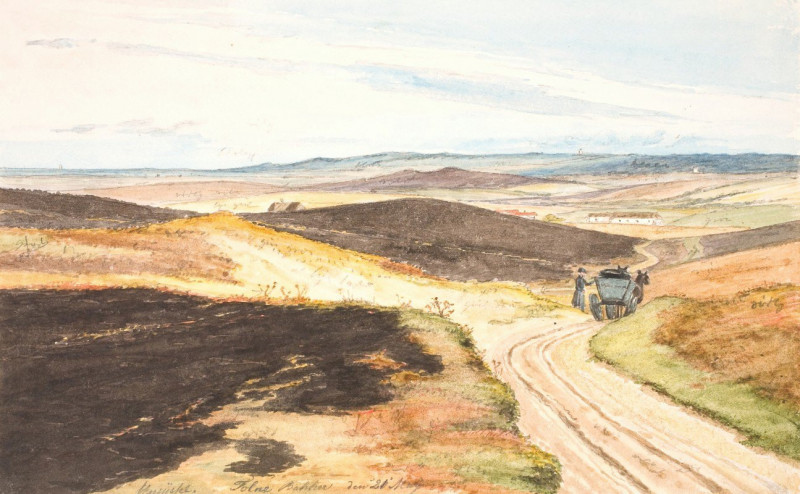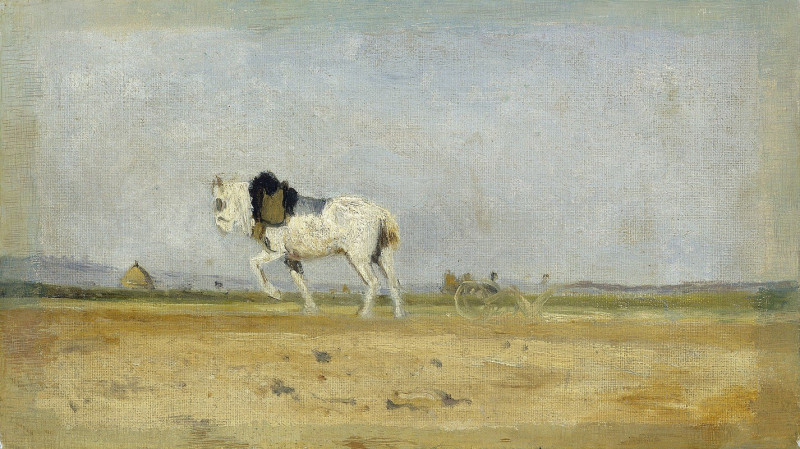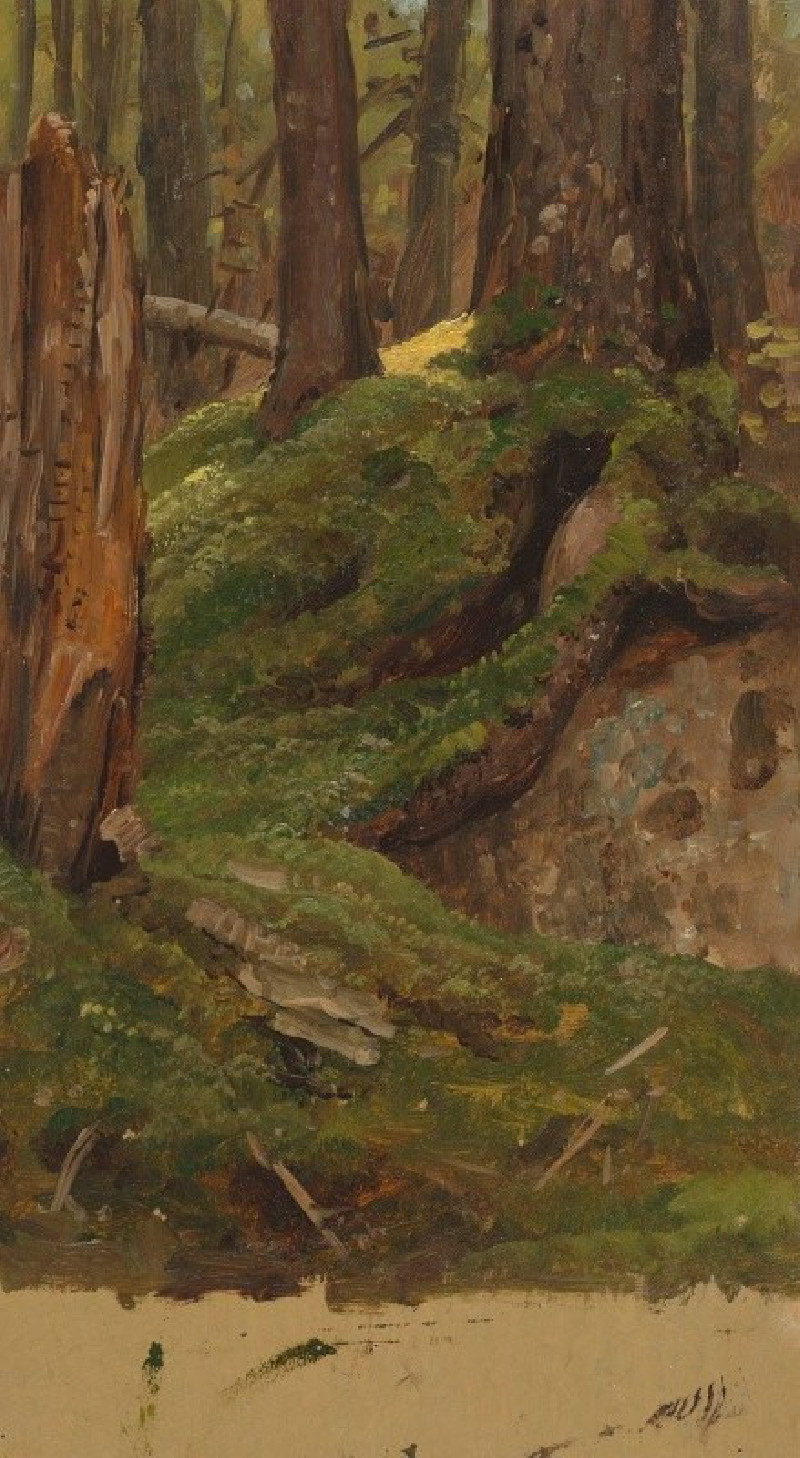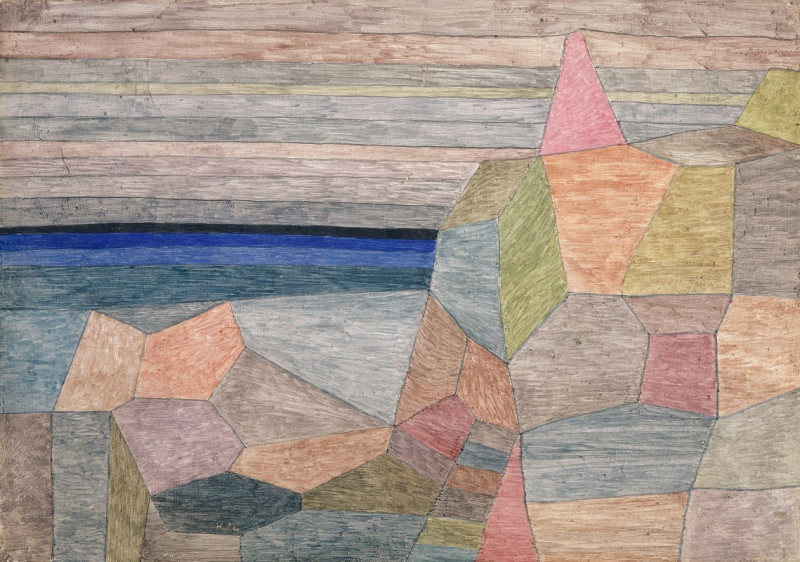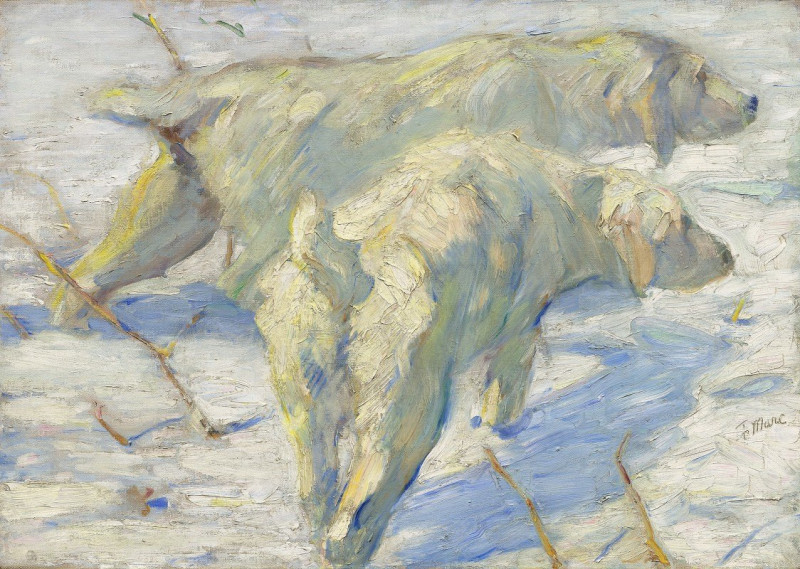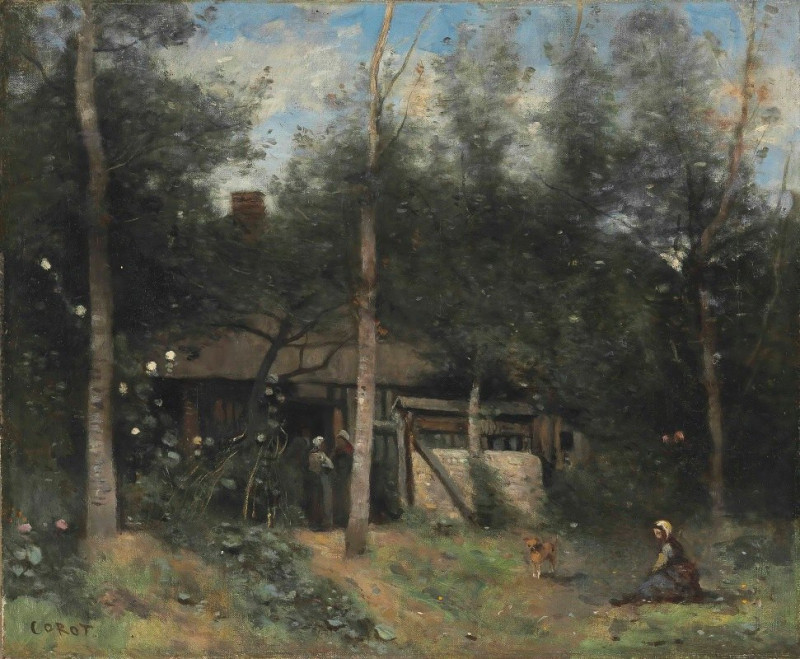Vue sur Tonnerre avec l’église Notre Dame (1904)
Technique: Giclée quality print
Recommended by our customers
More about this artwork
In the captivating painting "Vue sur Tonnerre avec l’église Notre Dame" from 1904, the viewer is treated to an exquisite landscape view by French artist Emile Bernard. The artwork beautifully showcases a panoramic vista of Tonnerre, a charming town in France, under a broad daytime sky.The composition is dominated by an impressive portrayal of the Notre Dame church, its robust and intricate architecture rising majestically above the surrounding quaint, red-roofed houses. This striking Gothic structure, highlighted in shades of blue and gray, contrasts vibrantly against the lush greenery and dappled sunlight of the foliage on the canvas's left side.Bernard employs a vibrant palette and a bold use of color to emphasize the natural beauty of the town and its rural setting. The foreground features a vibrant blend of greens, yellows, and oranges, painting a picture of the life and vibrancy of the countryside. The artist's brushwork offers a textured feel that animates the leaves, rooftops, and clouds, giving the viewer a sense of the breezy, fresh air that might be felt looking out over such a scene."Vue sur Tonnerre avec l’église Notre Dame" is not just a depiction of a place; it is an invitation to experience the serene and timeless beauty of Tonnerre, brought to life through Bernard’s unique Post-Impressionistic style.
Delivery
Returns
Émile Henri Bernard (28 April 1868 – 16 April 1941) was a French Post-Impressionist painter and writer, who had artistic friendships with Vincent van Gogh, Paul Gauguin and Eugène Boch, and at a later time, Paul Cézanne. Most of his notable work was accomplished at a young age, in the years 1886 through 1897. He is also associated with Cloisonnism and Synthetism, two late 19th-century art movements. Less known is Bernard's literary work, comprising plays, poetry, and art criticism as well as art historical statements that contain first-hand information on the crucial period of modern art to which Bernard had contributed.

